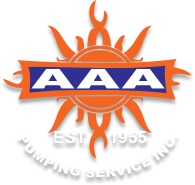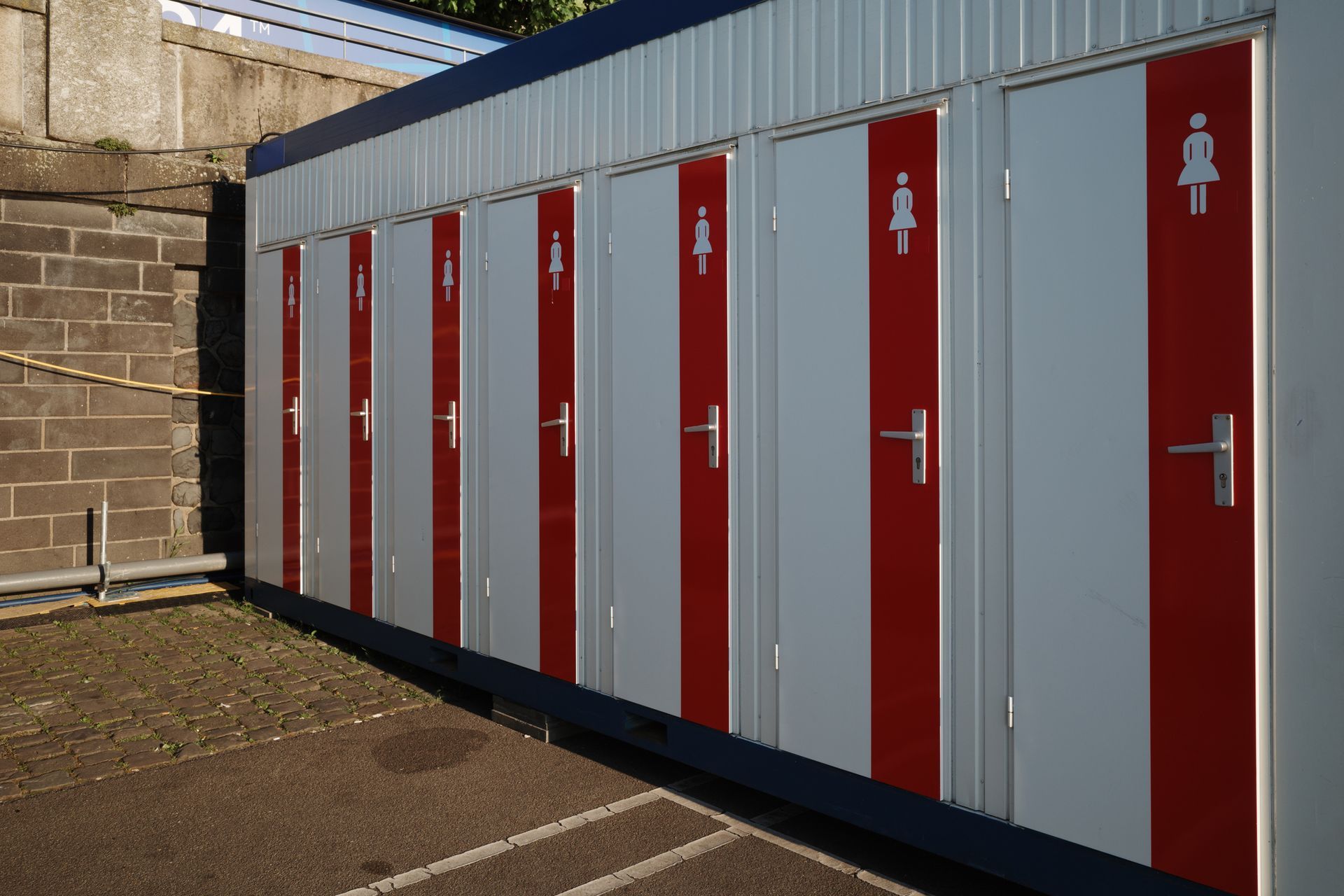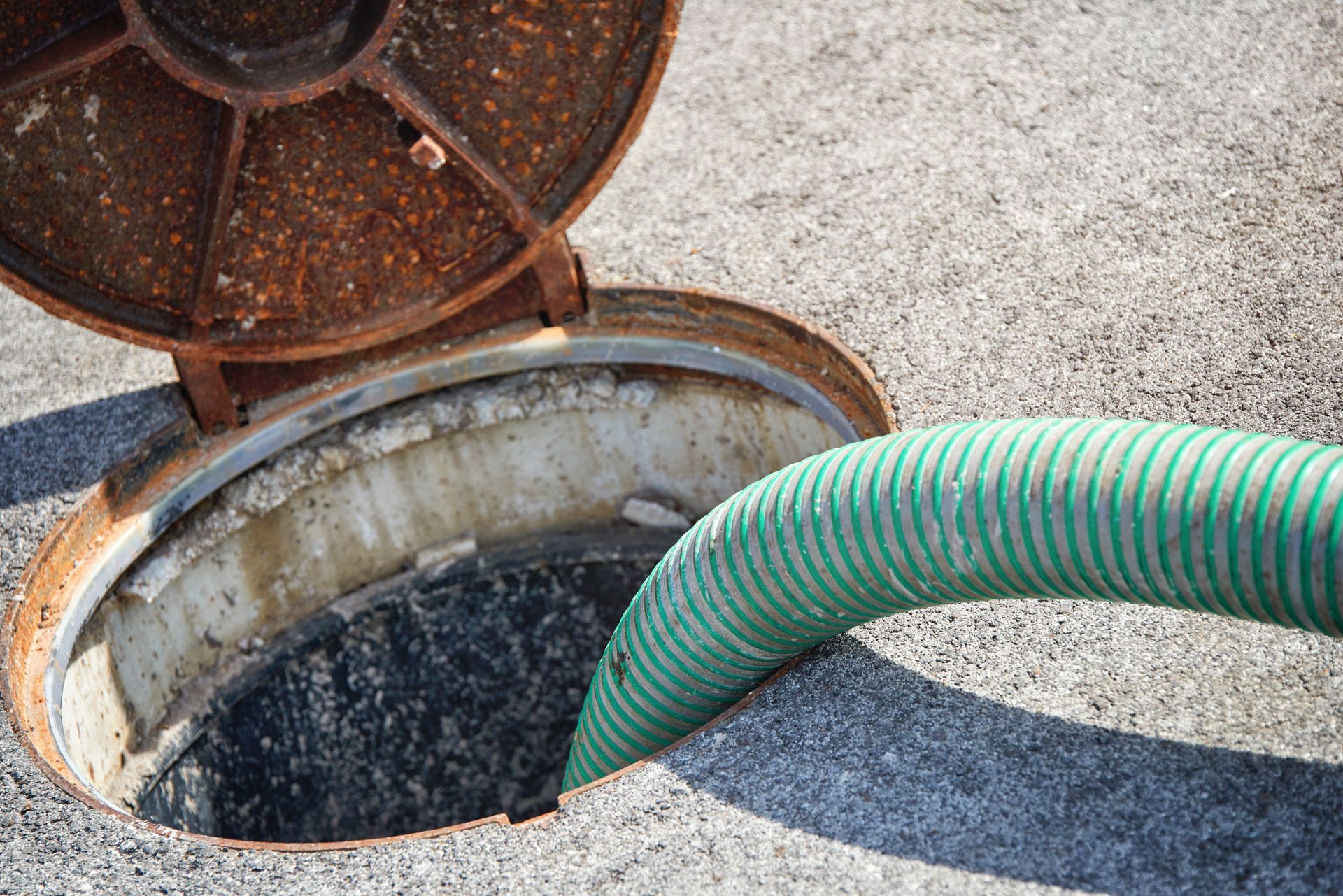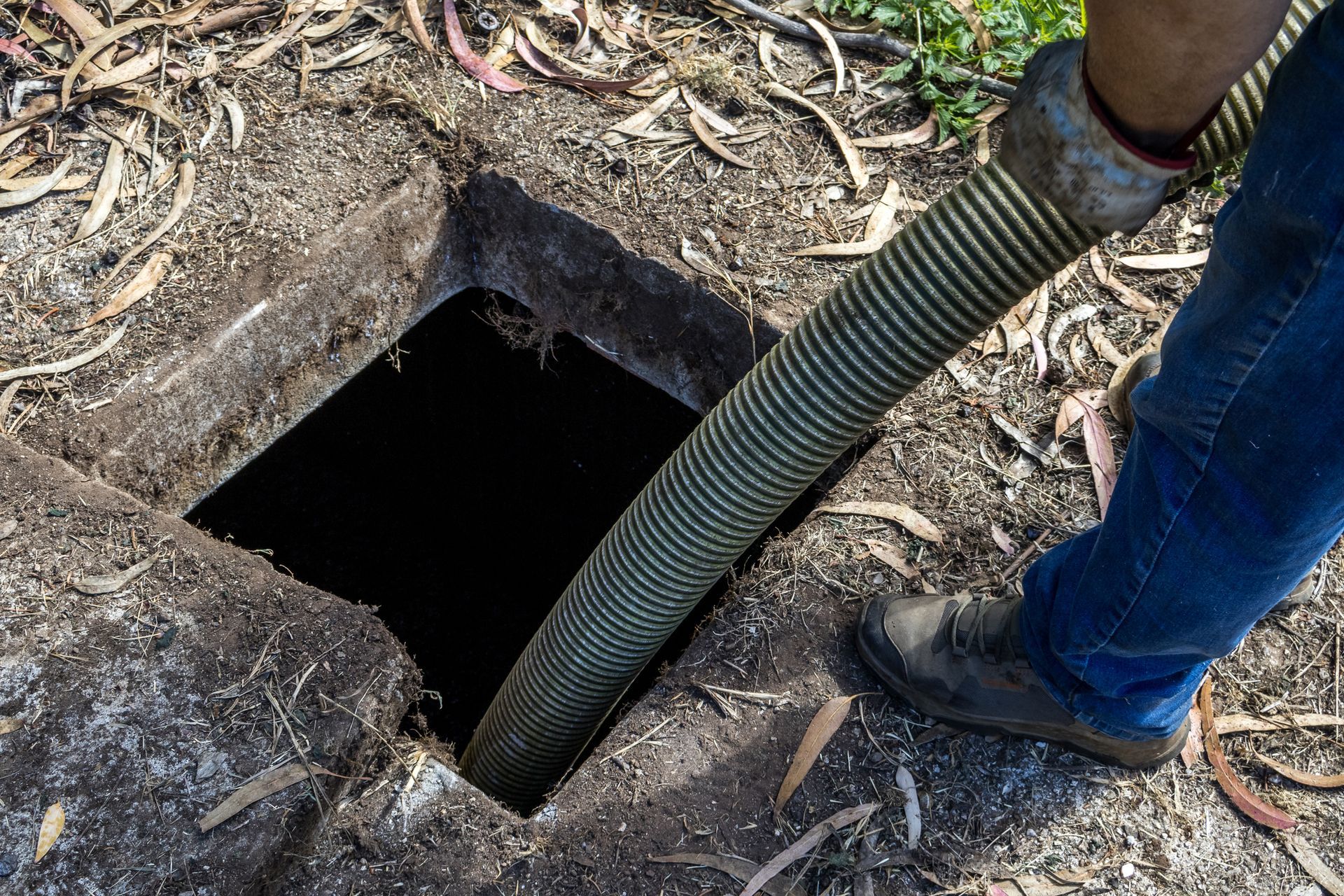A 3-Step Checklist for Septic Tank Inspection
According to the US EPA, about 10 to 20% of septic systems fail in their lifetime. Most of these wastewater treatment units fail because of inappropriate design or poor maintenance. A failed septic system is a health hazard to your family and can contaminate nearby water sources. Professional septic tank inspection prevents such problems by detecting early possible septic failure.
Learn more with this comprehensive guide of the tasks in the septic inspection process.
1. Pre-Inspection Stage
Before the inspection, some preparations are required:
- Verification of date of last pumping. The inspector needs to verify the last time you pumped or serviced the tank.
- Confirmation of septic tank details. The location, age, size, and type of the septic system are also critical, and the inspector often collects this information from local agencies.
The pre-inspection stage is crucial to ensure the safety, compliance, and effectiveness of the entire process.
2. Inspection Stage
A certified inspector follows safety precautions for this procedure. The comprehensive process involves the following steps.
Visual inspection
The inspector opens the septic tank lid to thoroughly inspect the entire system. A certified septic inspector uses the latest technology for this process, including cameras, mirrors, and probes. The inspection focuses on both the tank and infiltration system to identify problems such as clogging or leaks.
Septic infrastructure Inspection
If any component of a septic tank fails, the problem can spiral and affect the rest of the system. A qualified inspector focuses on all the components of the septic system to identify any problems and recommend repairs or part replacements. The inspector assesses the inlet, outlet, baffles, lids, chambers, and other structural details of all parts of the system to ensure they're all in tiptop shape.
Drainfield inspection
For a better assessment of the septic system, the inspector also checks the condition of the drainfield. Signs of leaks include bright green vegetation on the field. Such warning signs call for further inspection. Your septic inspector can use a soil test or probe the ground to check for leaks. If the problem looks worse, the inspector pumps the septic tank to check for backflow.
Septic Size inspection
A septic inspection also confirms if the septic tank size is sufficient for your home. The inspector confirms the number of occupants in the property and counterchecks this against the septic tank size.
A qualified septic professional questions you at this stage to get a better picture of the usage and maintenance of the system.
3. Post-Inspection Stage
Some tasks carried out after a septic inspection including the following:
- Waste disposal. The inspector clears the work area, cleans the drain lines, and sanitizes the equipment used in the inspection.
- Corrective action. Your inspector identifies the problem areas in your septic tank and recommends the solutions.
- Report writing. After the inspection, a qualified septic expert gives you a detailed report on the condition of your septic system.
A septic inspection is an essential preventive measure to ensure the system works efficiently. The inspection identifies problems early enough and recommends the best corrective measures before they worsen.
If you need the most reliable septic solutions in Albuquerque, NM, or the surrounding neighborhoods, our team at AAA Pumping Service is here to help. For over 30 years, we have served New Mexico residents with excellent septic pumping and maintenance solutions. Contact us today, and let's help you keep your septic system in the best shape.








